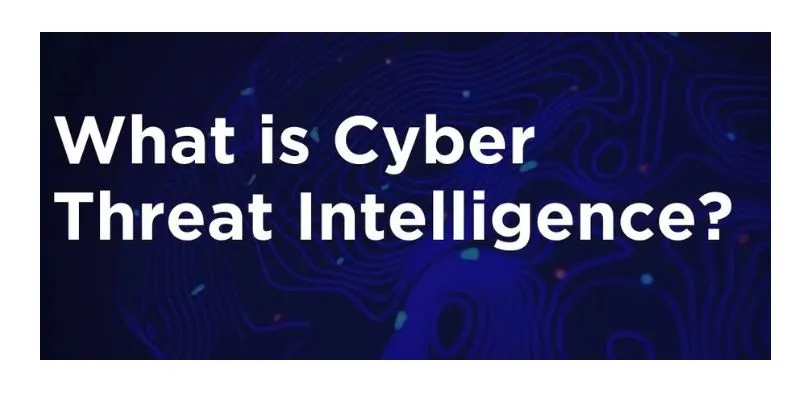
Cybersecurity has grown increasingly vital in our modern, interconnected society. Organisations must stay one step ahead of constantly evolving cyber threats to protect their sensitive data and digital assets. One essential tool in the cybersecurity arsenal is threat intelligence. But what exactly is threat intelligence, and how does it help combat cyber threats? Let’s break it down in simple terms. Cyber Security Course in Bangalore offers comprehensive courses covering footprinting and reconnaissance, scanning networks, system hacking, and malware threats.
What is Threat Intelligence?
Threat intelligence is information that helps organizations understand and anticipate cyber threats. It provides insights into the tactics, techniques, and procedures (TTPs) cyber attackers use and the tools and infrastructure they employ. This information is gathered from various sources, including security researchers, government agencies, industry reports, and even the dark web.
Types of Threat Intelligence
- Strategic Intelligence: This type provides a high-level view of the cybersecurity landscape, including emerging trends, geopolitical risks, and industry-specific threats. It helps organizations make informed decisions about long-term security strategies and resource allocation.
- Tactical Intelligence: Tactical intelligence focuses on specific threats and vulnerabilities that pose immediate risks to an organization. It includes indicators of compromise (IOCs), such as malicious IP addresses, domain names, and file hashes, as well as details about malware families and attack techniques.
- Operational Intelligence: Operational intelligence is more actionable and tactical, providing real-time information about ongoing cyber threats and attacks. It helps security teams effectively detect, investigate, and respond to security incidents.
How Threat Intelligence is Used
- Threat Detection: Organizations can quickly detect suspicious activity and potential security breaches by correlating threat intelligence with network and endpoint data. For example, if an organization receives intelligence about a new malware variant, it can proactively scan its systems for indicators of its presence.
- Incident Response: When a security incident occurs, threat intelligence can provide valuable context and insights to aid in the incident response process. It helps security teams understand the nature of the attack, identify affected systems, and develop appropriate mitigation strategies. Cyber Security Course in Marathahalli helps candidates prepare for the exam and deeply understand cybersecurity principles and practices.
- Vulnerability Management: Threat intelligence can also inform vulnerability management efforts by highlighting known vulnerabilities and exploits threat actors use. This allows organizations to prioritize patching and mitigation efforts based on the most critical risks.
- Security Awareness Training: Educating employees about the latest cyber threats and attack techniques is essential for building a strong security culture. Threat intelligence can tailor security awareness training programs to address specific risks relevant to an organization’s industry and environment.
Challenges and Considerations
While threat intelligence can be a powerful asset in the fight against cyber threats, there are some challenges and considerations to keep in mind:
- Accuracy and Reliability: Not all threat intelligence is created equal. It’s essential to evaluate the credibility and accuracy of the sources providing the intelligence to avoid misinformation and false positives.
- Information Overload: With the volume of threat intelligence available, organizations may struggle to sift through the noise and prioritize actionable intelligence. Implementing automated threat intelligence platforms can help streamline the process.
- Sharing and Collaboration: Cyber threats are not limited by organizational boundaries, so sharing threat intelligence with trusted partners and industry peers can enhance collective defence capabilities. However, legal and privacy considerations must be addressed when sharing sensitive information.
Cyber threat intelligence plays a crucial role in providing organizations with the knowledge and insights to effectively detect, respond to, and mitigate cyber threats. By leveraging threat intelligence effectively, organizations can strengthen their security posture and better protect their digital assets from evolving threats. Training Institute in Bangalore conduct specialized workshops and training sessions focusing on specific areas of cybersecurity.
Also Check: Python Interview Questions and Answers
